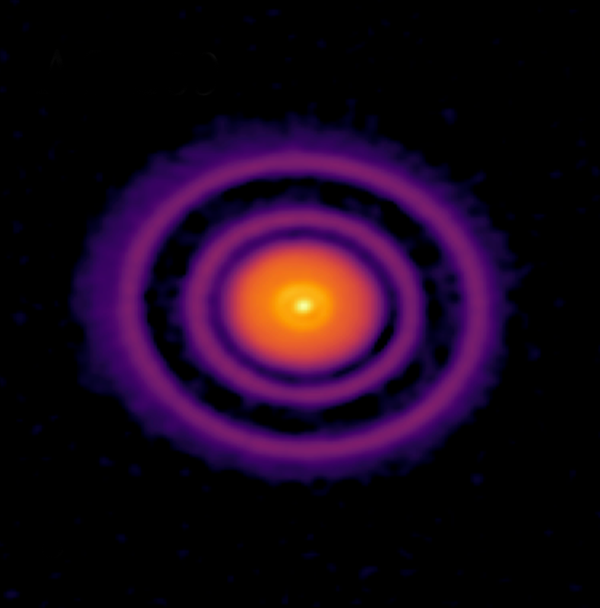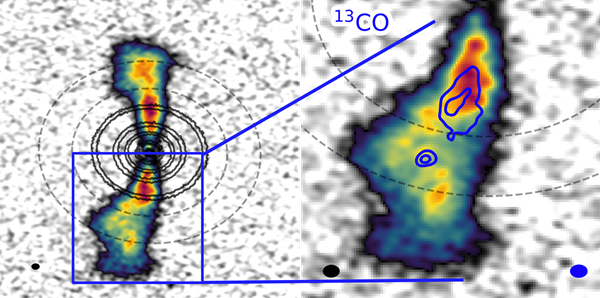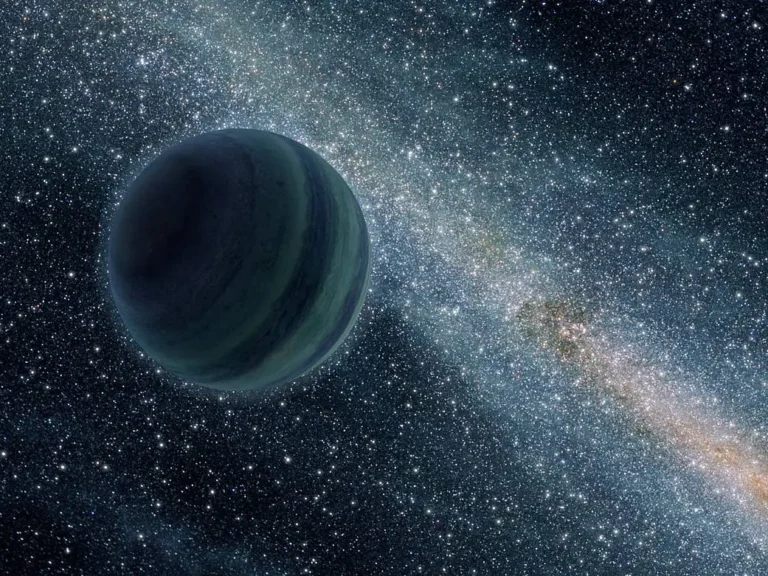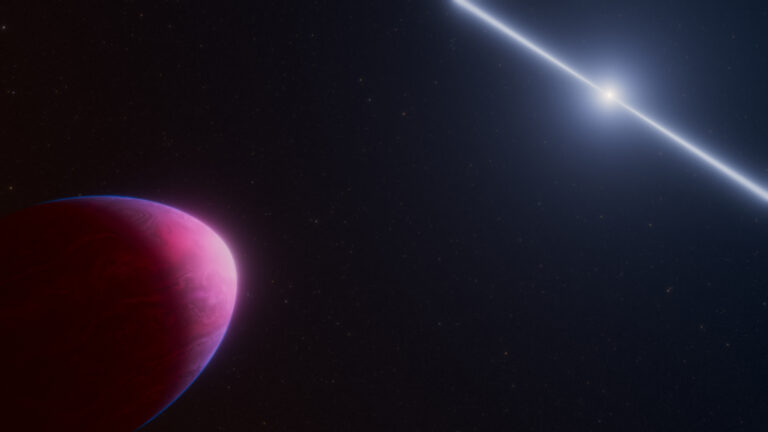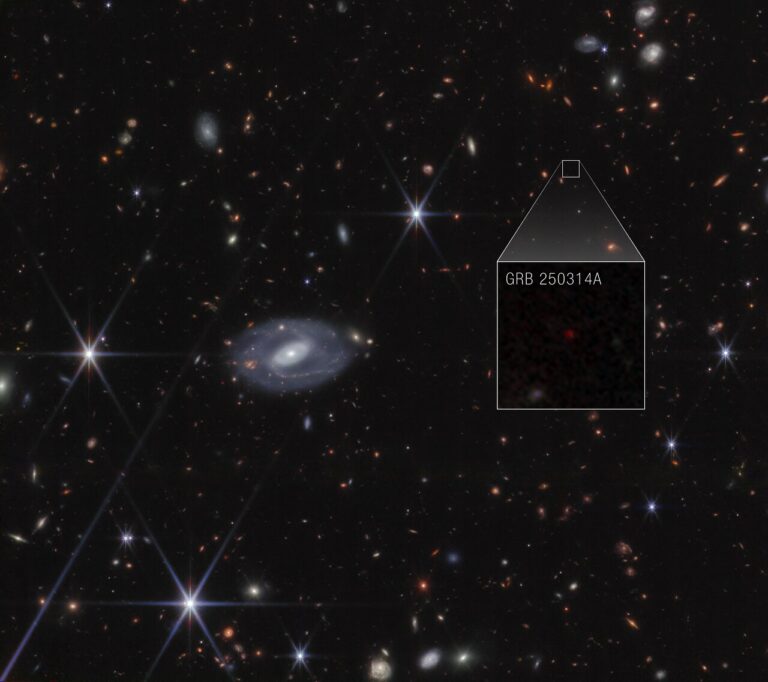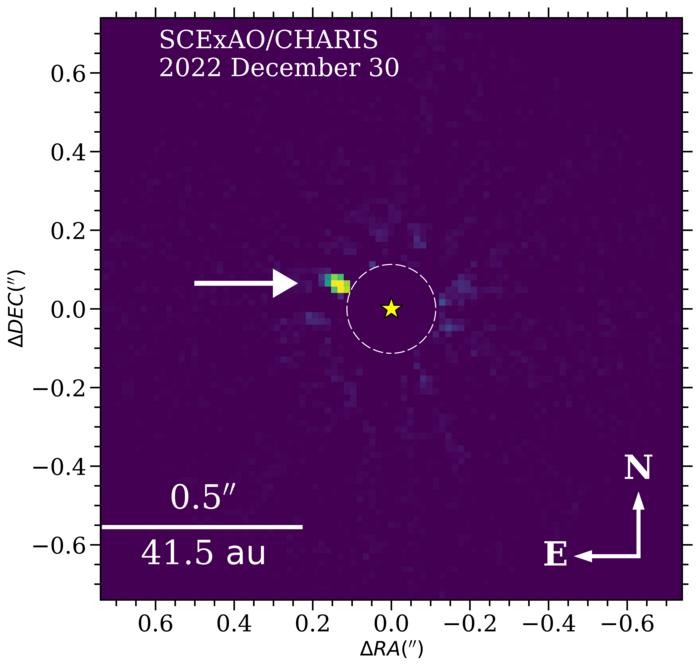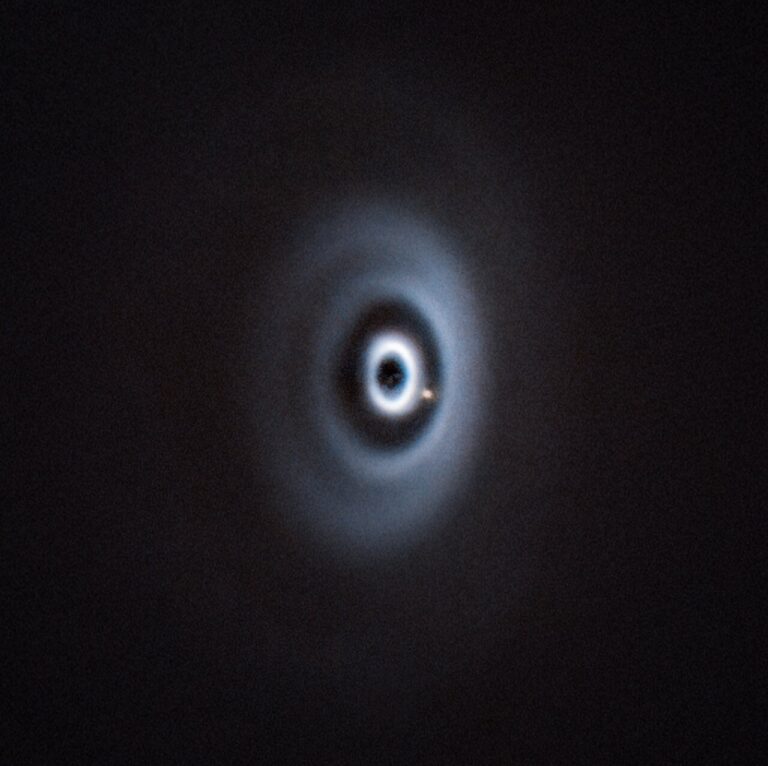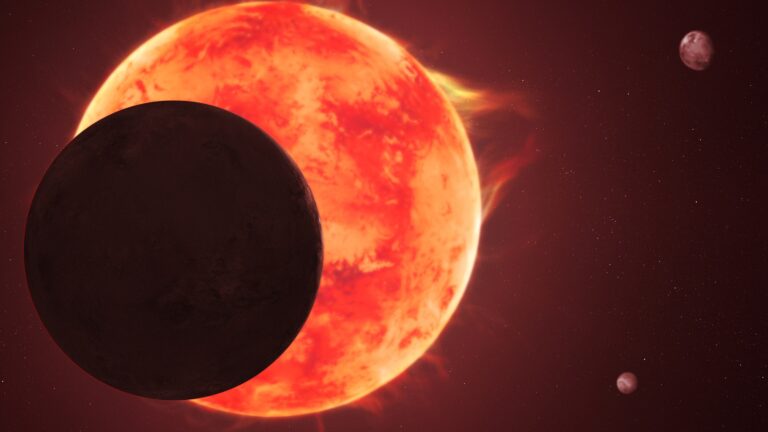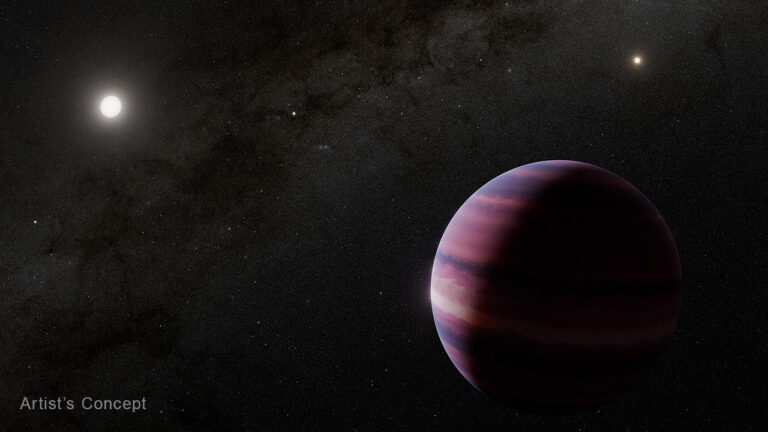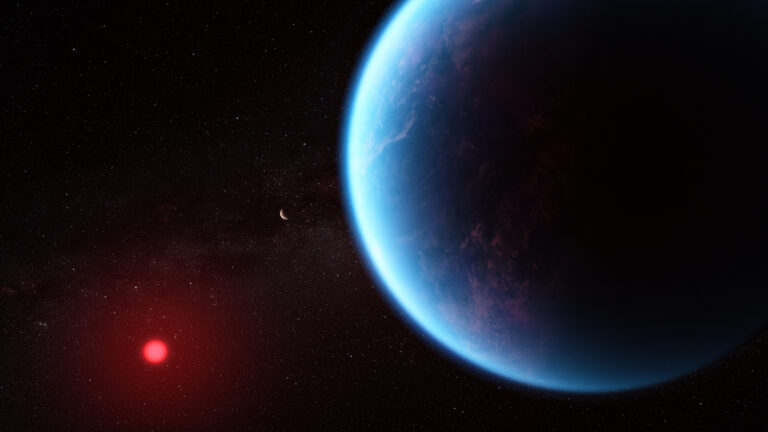Key Takeaways:
Observing planets in the process of being born is a challenging task. But in recent years, radio telescopes like the Atacama Large Millimeter/submillimeter Array (ALMA) have captured images of glowing disks of material around young stars. The image above shows one such circumstellar disk around the star AS 209, roughly 395 light-years away in the constellation Ophiuchus. The gaps in the disk are where nascent planets are being born, sweeping up gas and dust onto their surface as they orbit.
Even rarer is to observe the much smaller and fainter glowing disk of material swirling around a forming planet itself, from which moons might begin to accrete. Until recently, only two such circumplanetary disks (CPDs) had ever been spotted and confirmed. Those studies observed the hot dust in CPDs.
Now, astronomers have found what may be a third CPD — and for the first time, they think they have detected not its dust, but the much fainter emission from gas in the disk. While dust glows like a light bulb across a spectrum of wavelengths, the radiation emitted by gas emits only at specific wavelengths. But by using ALMA, the team were able to identify light emitted by carbon monoxide gas coming from an otherwise empty gap in the disk of AS 209. The work was published July 27 in The Astrophysical Journal Letters.
What made the gas around this nascent planet visible is the sheer size of the forming planet and its distance from its host star, says Jaehan Bae, an astronomer at the University of Florida and the study’s lead author. Previous CPDs were only about one astronomical unit (AU) in diameter, or the average Earth-Sun distance. The CPD in AS 209 is much larger, perhaps as large as 14 AU across, and orbits 200 AU from its host star — over 5 times the average distance of Pluto from the Sun.
Being able to survey the gas is an important milestone because gas makes up the vast majority of the material that forms stars and planets; the relative ratio of gas to dust is on the order of 100 to 1.
“This means that the overall dynamics of CPDs must be determined by the gas, not dust,” says Bae. “We need to study the gas to fully understand CPDs and their capability of forming [moons]. So it is really exciting that we directly detected the gas emission.”

